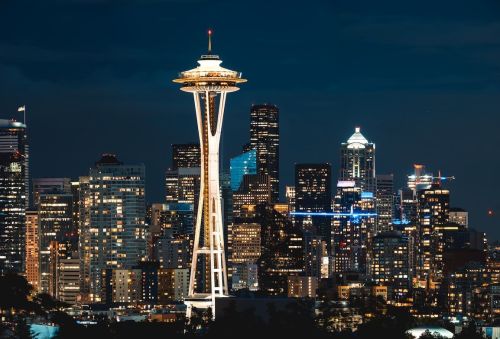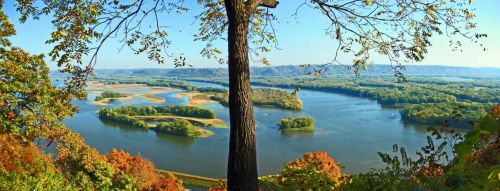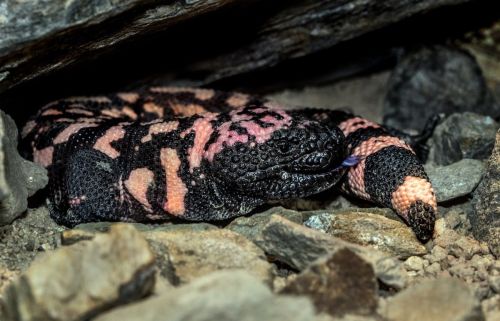49 facts about Ernest Hemingway
Ernest Hemingway, one of the most outstanding writers of the 20th century, was a “citizen of the world” who, although he spent most of his life outsid ...
Although it has not been the first attempt to establish a colony in North America, Jamestown is the first permanent British settlement in the present day U.S. It was far from successful, however, facing various troubles in the first three years, but in the end, it achieved its purpose. To most people, Jamestown is known thanks to Disney’s animated movie, Pocahontas.













